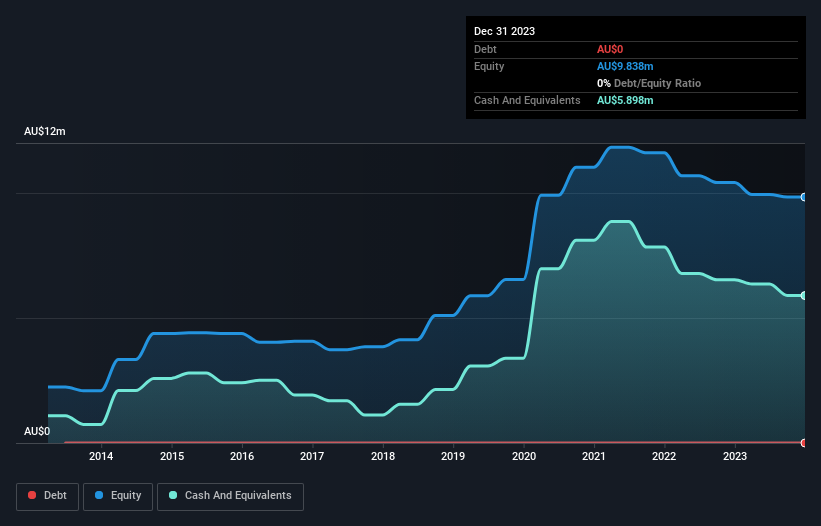We're Interested To See How Resonance Health (ASX:RHT) Uses Its Cash Hoard To Grow
Even when a business is losing money, it's possible for shareholders to make money if they buy a good business at the right price. For example, biotech and mining exploration companies often lose money for years before finding success with a new treatment or mineral discovery. But while history lauds those rare successes, those that fail are often forgotten; who remembers Pets.com?
So, the natural question for Resonance Health (ASX:RHT) shareholders is whether they should be concerned by its rate of cash burn. In this article, we define cash burn as its annual (negative) free cash flow, which is the amount of money a company spends each year to fund its growth. Let's start with an examination of the business' cash, relative to its cash burn.
Check out our latest analysis for Resonance Health
How Long Is Resonance Health's Cash Runway?
A cash runway is defined as the length of time it would take a company to run out of money if it kept spending at its current rate of cash burn. When Resonance Health last reported its December 2023 balance sheet in February 2024, it had zero debt and cash worth AU$5.9m. Looking at the last year, the company burnt through AU$687k. So it had a cash runway of about 8.6 years from December 2023. Even though this is but one measure of the company's cash burn, the thought of such a long cash runway warms our bellies in a comforting way. You can see how its cash balance has changed over time in the image below.
How Well Is Resonance Health Growing?
It was fairly positive to see that Resonance Health reduced its cash burn by 54% during the last year. On top of that, operating revenue was up 38%, making for a heartening combination It seems to be growing nicely. Of course, we've only taken a quick look at the stock's growth metrics, here. This graph of historic revenue growth shows how Resonance Health is building its business over time.
How Easily Can Resonance Health Raise Cash?
While Resonance Health seems to be in a decent position, we reckon it is still worth thinking about how easily it could raise more cash, if that proved desirable. Generally speaking, a listed business can raise new cash through issuing shares or taking on debt. One of the main advantages held by publicly listed companies is that they can sell shares to investors to raise cash and fund growth. By comparing a company's annual cash burn to its total market capitalisation, we can estimate roughly how many shares it would have to issue in order to run the company for another year (at the same burn rate).
Resonance Health has a market capitalisation of AU$30m and burnt through AU$687k last year, which is 2.3% of the company's market value. That means it could easily issue a few shares to fund more growth, and might well be in a position to borrow cheaply.
So, Should We Worry About Resonance Health's Cash Burn?
It may already be apparent to you that we're relatively comfortable with the way Resonance Health is burning through its cash. In particular, we think its cash runway stands out as evidence that the company is well on top of its spending. And even its cash burn reduction was very encouraging. Looking at all the measures in this article, together, we're not worried about its rate of cash burn; the company seems well on top of its medium-term spending needs. On another note, we conducted an in-depth investigation of the company, and identified 3 warning signs for Resonance Health (1 is potentially serious!) that you should be aware of before investing here.
Of course Resonance Health may not be the best stock to buy. So you may wish to see this free collection of companies boasting high return on equity, or this list of stocks that insiders are buying.
Have feedback on this article? Concerned about the content? Get in touch with us directly. Alternatively, email editorial-team (at) simplywallst.com.
This article by Simply Wall St is general in nature. We provide commentary based on historical data and analyst forecasts only using an unbiased methodology and our articles are not intended to be financial advice. It does not constitute a recommendation to buy or sell any stock, and does not take account of your objectives, or your financial situation. We aim to bring you long-term focused analysis driven by fundamental data. Note that our analysis may not factor in the latest price-sensitive company announcements or qualitative material. Simply Wall St has no position in any stocks mentioned.

